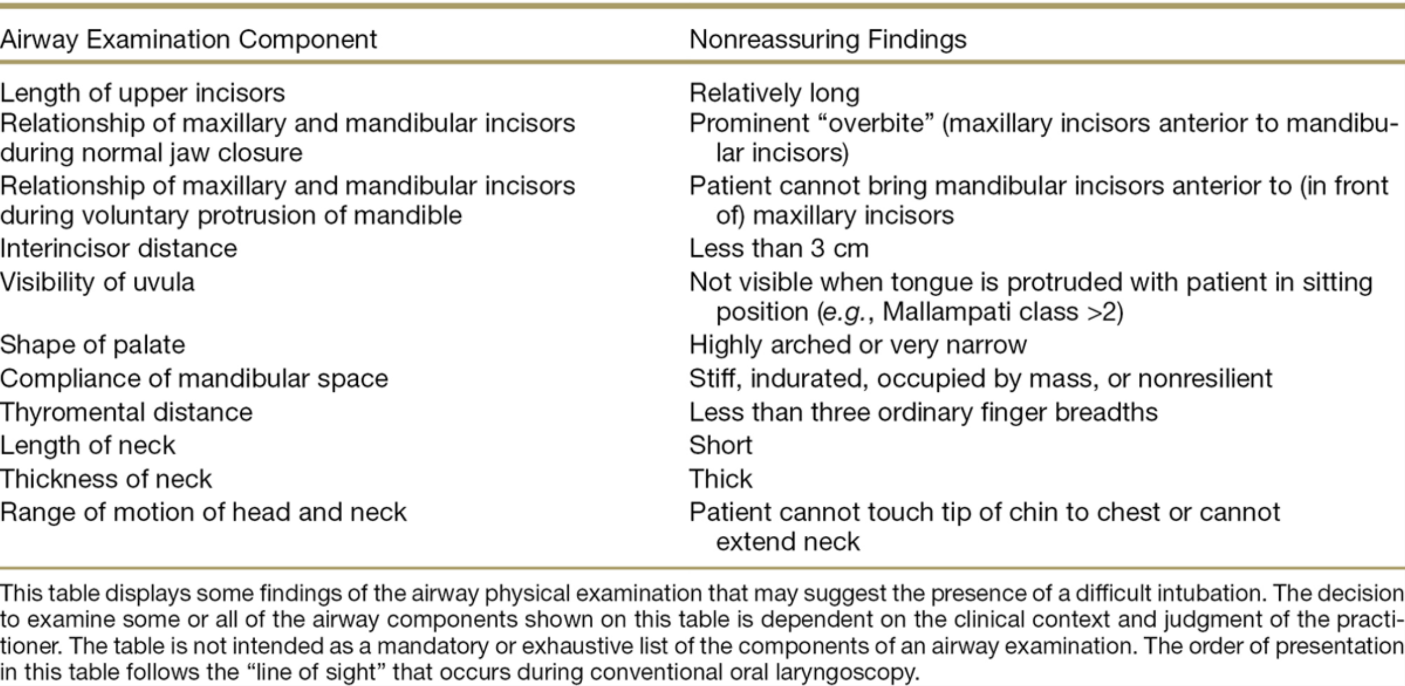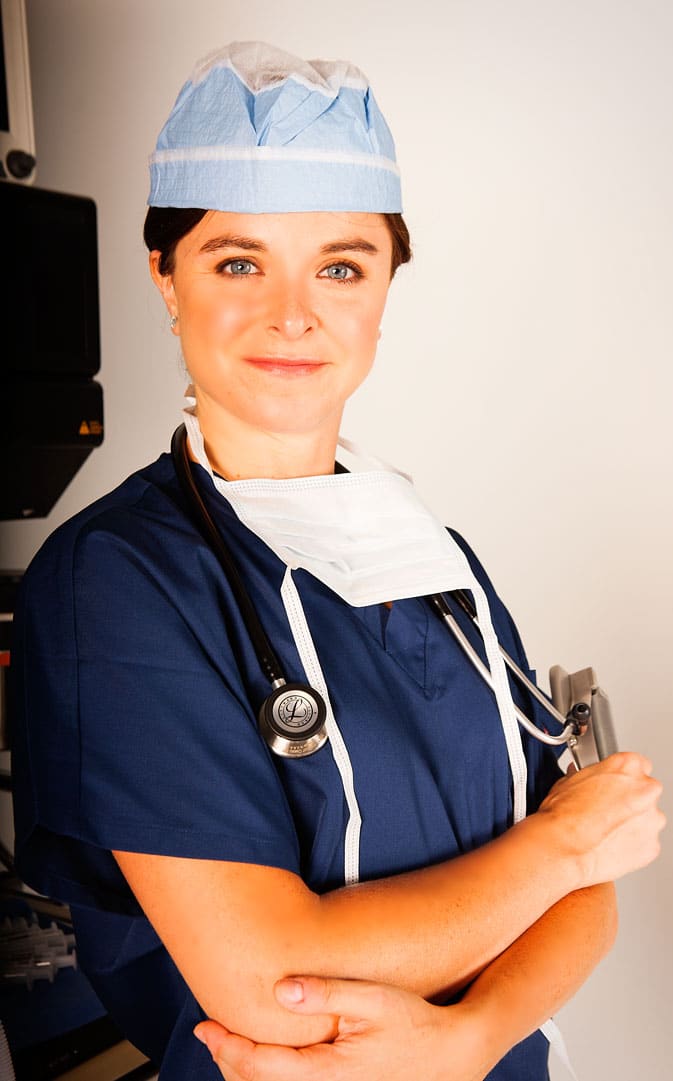
Micro-hospitals have emerged as a growing trend nationwide that presents an alternative to traditional health care facilities. According to a recent US News & World Report, these smaller-scale inpatient facilities are already in 19 states and “serve as a middle ground between freestanding emergency departments that may not offer all the required services and major hospitals that offer more than the community needs” (1). Micro-hospitals cater to the needs of their communities and provide medical services in areas lacking necessary facilities and resources. Since micro-hospitals are tailored to suit the local demographics, the provision of these services is dependent on distinct needs, and no two micro-hospitals are the same.
Micro-hospitals operate 24/7 and tend to be low-trauma facilities with varying degrees of advanced surgical capabilities. The typical facility has eight to ten observation and short-stay beds, according to a report by the Advisory Board, and a micro-hospital is usually between 15,000 to 50,000 square feet. The emergency department, pharmacy, imaging, and laboratory are core services of a micro-hospital, while primary care, low-acuity outpatient services, dietary services, and women’s services constitute some of the various ancillary services provided (2). Essential anesthesia service providers and board-certified, emergency room-trained physicians are needed due to the provision of some of the acute and emergency services often performed in larger hospitals, however, there is are no defined standards for staffing a micro-hospital. Examples of possible procedures performed in micro-hospitals include endoscopic procedures, plastic surgery, cardiac catheterization, and spinal surgery, to name a few (1).
Areas with specific medical needs that are incapable of supporting a full-service facility are ideal locations for the establishment of micro-hospitals, and many health systems use micro-hospitals as entry points into these markets where demand cannot support facilities of a greater size (2). Either existing major hospitals with preexisting internal facility development capabilities or groups of doctors partnered with external organizations and micro-hospital developers develop micro-hospitals, the cost of which can range from seven to thirty million dollars according to the Advisory Board. In addition to a relatively lower cost of construction compared to micro-hospitals’ larger counterparts, the location and size of these facilities can provide care that is more patient-centered, accessible, and convenient in relation to major hospitals. Patients may need to be sent to larger facilities, however, since not all medical situations can be addressed due to the small scale of micro-hospitals. Ensuring a smooth transfer process when needed is crucial to patient health, and the Advisory Board recommends that micro-hospitals are built within 18 to 20 miles of a full-service hospital. Although critics have expressed concerns about the safety and provision of care in micro-hospitals, specifically regarding the amount of experience one gets practicing in such a small facility, micro-hospitals present a possible health care delivery model to reduce costs and improve delivery of care in today’s health care climate (1).
References:
(1) https://www.usnews.com/news/healthcare-of-tomorrow/articles/2017-04-24/micro-hospitals-offer-an-alternative-health-care-model-for-local-communities
(2) https://www.advisory.com/research/financial-leadership-council/at-the-margins/2016/05/micro-hospitals
(3) http://www.emerus.com/think-small-making-case-micro-hospitals/




